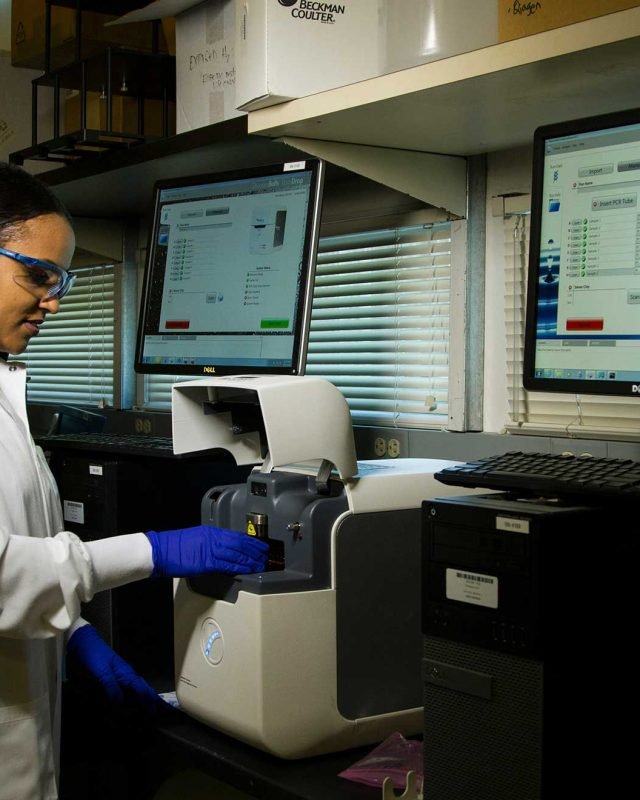Telemedicine has emerged as a transformative force in Saudi Arabia’s healthcare landscape, with its significance magnified by the lessons learned during the COVID-19 pandemic. This article delves into the pivotal role that telemedicine has assumed in the Saudi healthcare sector, highlighting the lessons gleaned from its accelerated adoption and the lasting impact it promises to have on the nation’s healthcare ecosystem.
Telemedicine: A Game-Changer in Saudi Healthcare
Telemedicine, the practice of providing healthcare services remotely via telecommunications technology, has gained unprecedented traction in Saudi Arabia. The pandemic underscored its value as a safe and efficient means of delivering healthcare while minimizing physical contact.
Key Lessons from the Pandemic:
- Remote Consultations Ensure Continuity of Care: During the pandemic, telemedicine ensured that patients could access healthcare services without visiting crowded clinics or hospitals, thus reducing the risk of infection. This not only preserved patient care but also eased the burden on healthcare facilities.
- Enhanced Accessibility in Remote Areas: Telemedicine has bridged geographical gaps in healthcare access. Patients in remote areas can now consult with specialists located in urban centers without the need for lengthy travel.
- Efficient Triage and Screening: Telehealth platforms enabled rapid screening and triage of patients with COVID-19 symptoms. Healthcare providers could remotely assess patients, recommend tests, and advise on necessary precautions.
- Improved Chronic Disease Management: Telemedicine has been a boon for patients with chronic conditions. Regular remote check-ins, medication management, and lifestyle guidance have empowered patients to better manage their health.
The Lasting Impact of Telemedicine in Saudi Arabia:
- Telemedicine Regulation and Integration: The Saudi government recognized the importance of telemedicine during the pandemic and has taken steps to regulate and integrate it into the healthcare system. This ensures quality standards and patient safety.
- Patient Acceptance and Trust: The pandemic forced patients to embrace telemedicine, and many have found it to be a convenient and effective way to receive care. As a result, patient trust and acceptance of telehealth services have grown significantly.
- Enhanced Healthcare Infrastructure: Telemedicine has pushed healthcare institutions to invest in digital infrastructure, including secure telehealth platforms, electronic health records, and high-speed internet connectivity.
- Rural Healthcare Transformation: Telemedicine has the potential to revolutionize healthcare in rural areas, where access to medical specialists is limited. Saudi Arabia is exploring initiatives to expand telemedicine services in remote regions.
- Cost-Efficiency and Resource Optimization: Telemedicine can lead to cost savings for both patients and healthcare providers. It reduces the need for physical infrastructure, travel expenses, and administrative overhead.
- Continued Global Collaboration: Telemedicine has fostered international collaborations, allowing Saudi healthcare professionals to consult with experts worldwide. This global knowledge exchange benefits patients and contributes to medical research.
In conclusion, telemedicine’s surging role in Saudi healthcare has left an indelible mark. The lessons learned from its rapid adoption during the pandemic have positioned telemedicine as an integral component of the country’s healthcare system. As telehealth continues to evolve and integrate, Saudi Arabia is poised to enjoy improved healthcare access, patient-centric services, and cost-effective healthcare delivery. Telemedicine isn’t just a response to a crisis; it’s a vital part of Saudi Arabia’s healthcare future.




